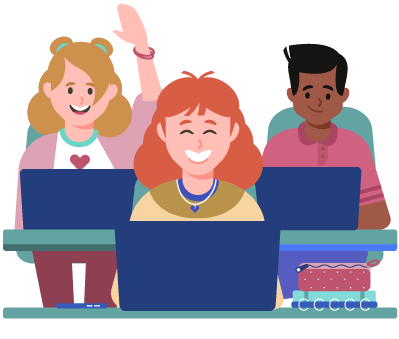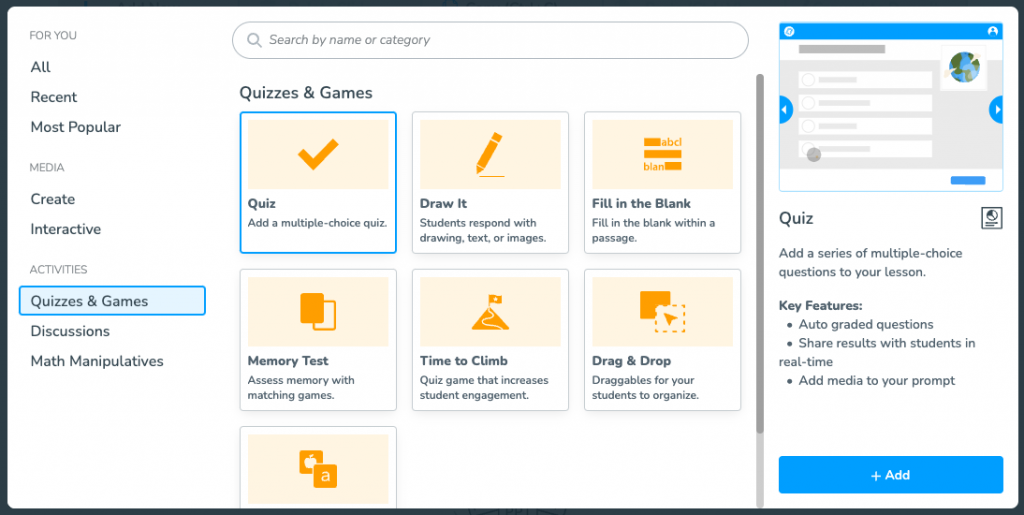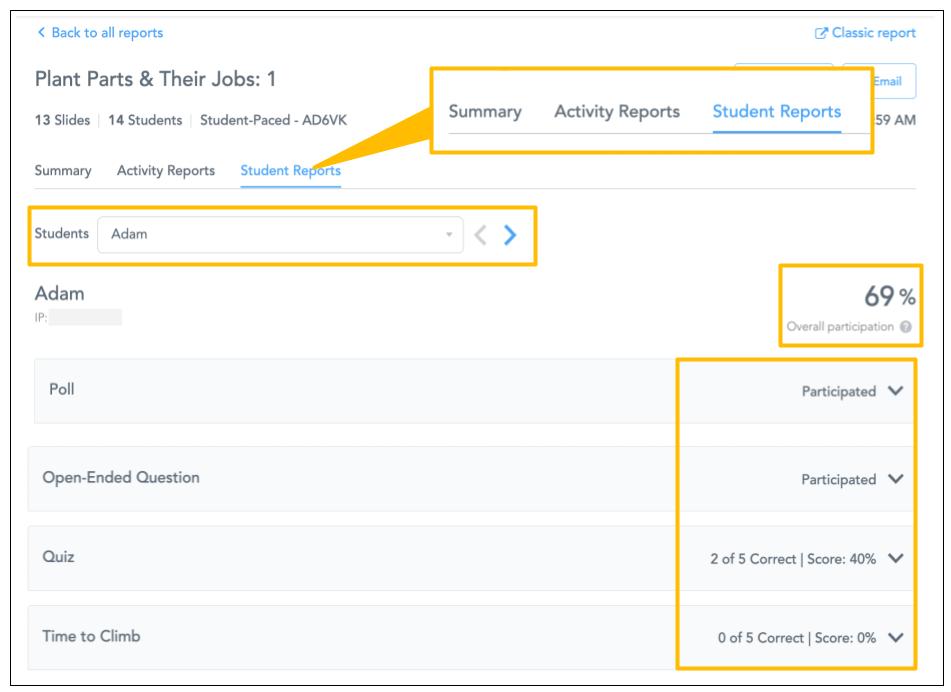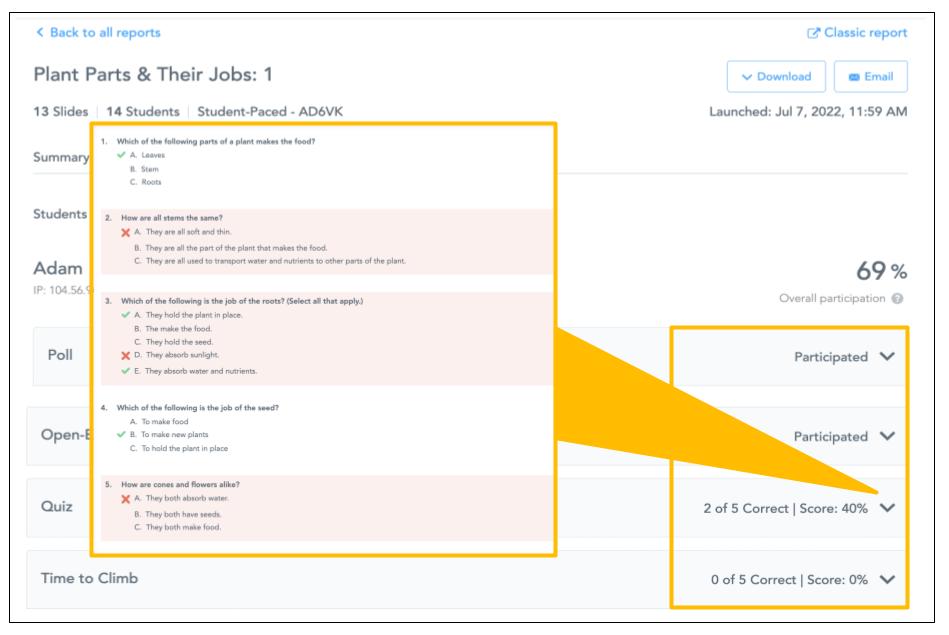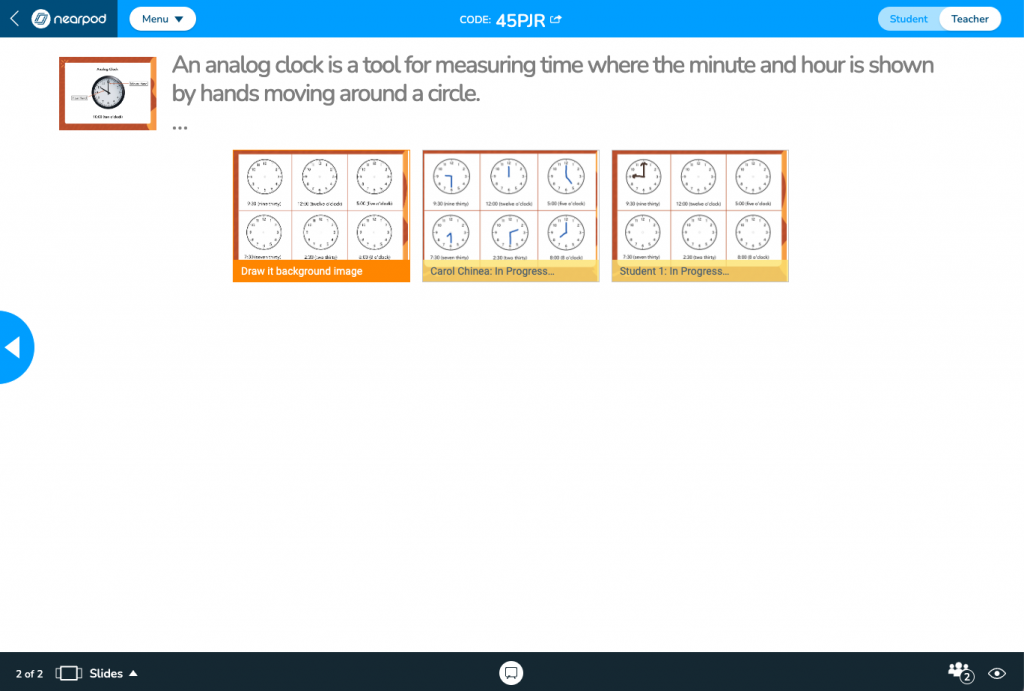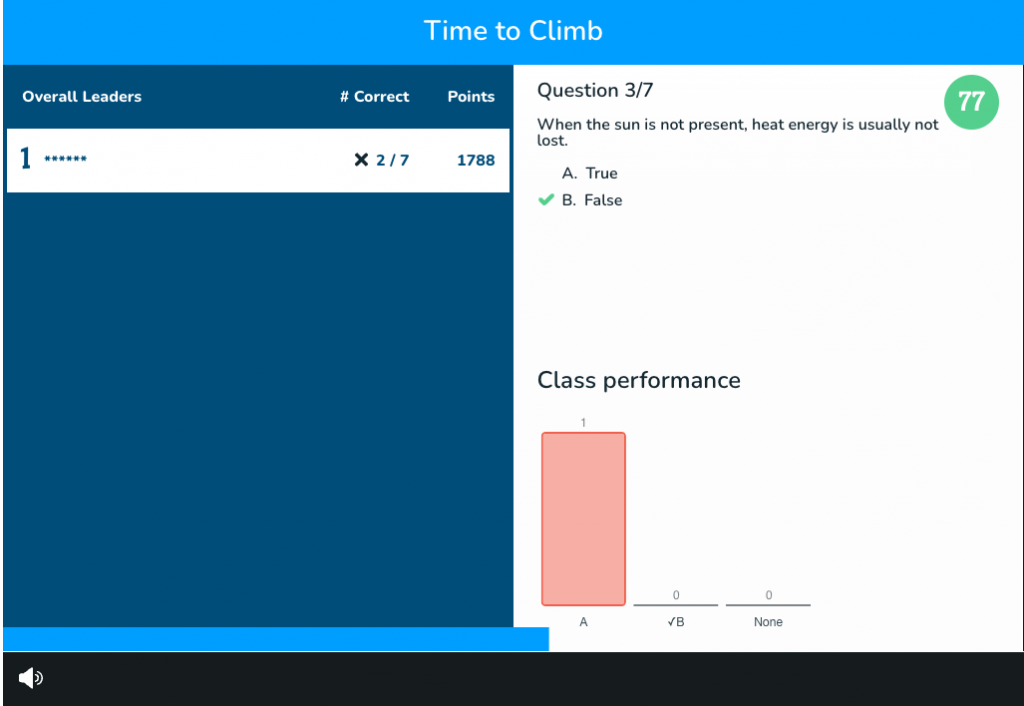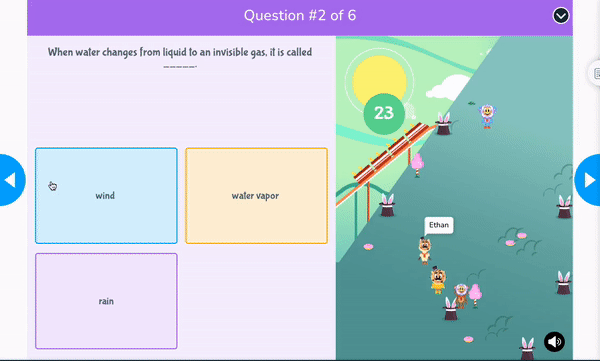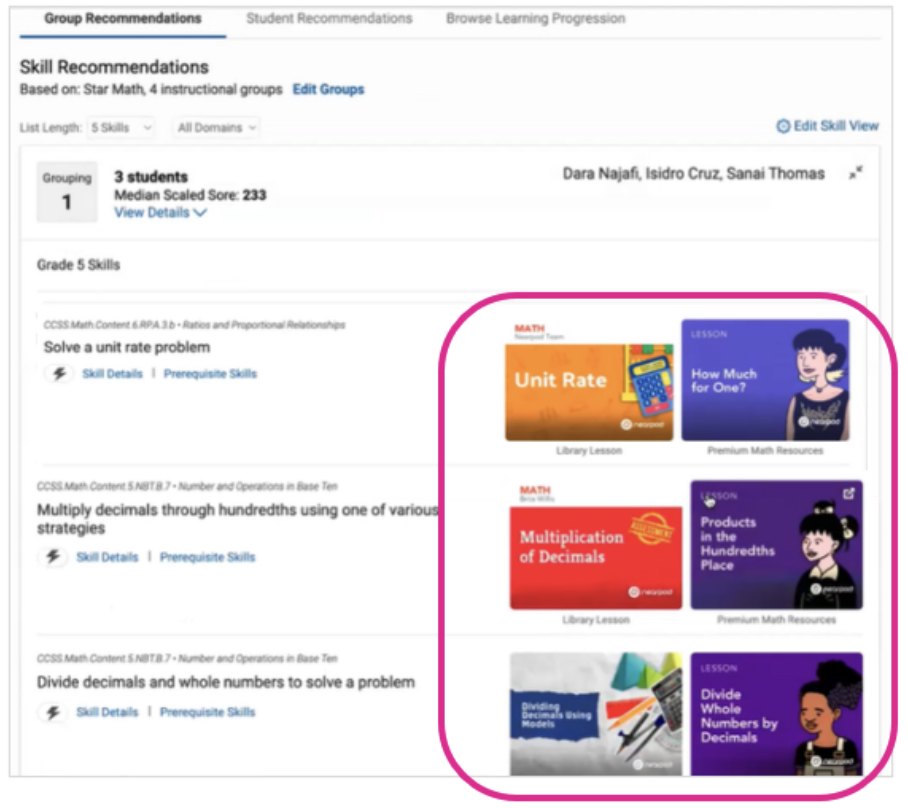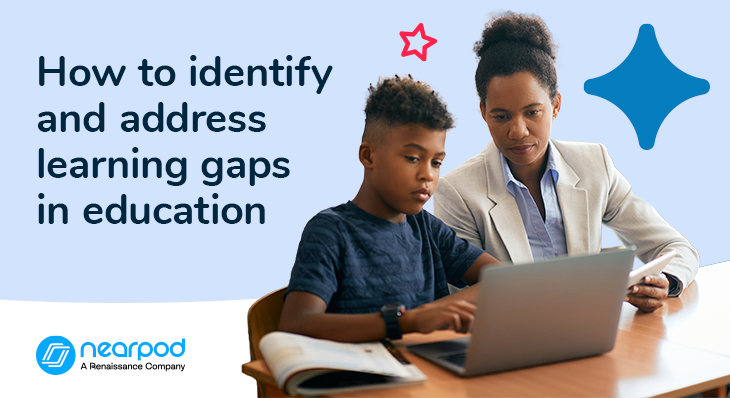
How to identify and address learning gaps in education
What is a learning gap?
Learning gaps are pitfalls that affect students making progress toward achieving their goals. When you say the word gap in conjunction with the word education, most likely people will cringe with worry about who doesn’t know or have access to what. More formally, learning gaps are discrepancies between a child’s performance and grade-level expectations denoting a lack of mastery. Learning gaps can be narrow or wide; children can have learning gaps in one particular subject area or across many areas. Some liken learning gaps to building blocks; you can picture how, if one of the foundational blocks is missing, the whole structure might be at risk. Often, learning gaps are described as “the way things are” versus “the way things should be.”
What are the different types of learning gaps?
Learning gaps can be defined in the five following ways:
- Knowledge gap: A student does not know or hasn’t been exposed to particular background information, which prevents a true understanding of new content.
- Skills gap: A student lacks practice or mastery in a particular skill or skill set. In short, they don’t know how to apply the knowledge that they have.
- Motivation gap: A student does not have the desire or motivation to learn. This lack of engagement may not necessarily indicate indifference, but rather could be attributed to other external factors.
- Environmental gap: A student does not have access to a suitable and supportive learning environment. We saw many instances of this gap during COVID remote learning.
- Communication gap: A student lacks clear communication about particular knowledge and/or expectations. This gap may be language or culturally based, but sometimes may be due to a learning difference such as an auditory processing disorder.
Why are there student learning gaps in education?
Learning gaps can occur due to many reasons: poor instruction, lack of resources, absenteeism, moving between schools, or learning disabilities, to name a few. And sadly, learning gaps can snowball if not addressed immediately or effectively.
Achievement gaps speak to the inequities in education opportunities while learning gaps refer to individuals’ lack of progress.
Post-pandemic, there was much in the press about learning loss or unfinished learning, with McKinsey finding that K-12 students were an average of five months behind in math and four months behind in reading, and students of color were disproportionately affected. Couple the pandemic effects with the all-too-common achievement gaps, throw in increasing class sizes and the qualified teacher shortages, and we as a country are still trying to climb out of our own gaping hole.
How does Nearpod help shrink learning gaps?
Nearpod is a comprehensive solution for schools—it not only assists in identifying learning gaps through formative assessment tools but also provides access to standards-aligned lessons, activities, and real-time assessment data to help close such learning gaps. The Nearpod platform provides a cyclical process for educators and students to pick high-interest and top-quality content, engage in active learning strategies, and then reflect on timely performance data and feedback; rinse and repeat. Many other edtech tools might provide pieces of the pie, but Nearpod promises a robust solution of centralized content, transformative instruction, active learning experiences instruction, and real-time insights.
Foster a love of learning in every student with Nearpod. Teachers can sign up for free below to access and create interactive lessons. Administrators can schedule a call with an expert to unlock the full power of Nearpod for schools and districts.
How to identify and address learning gaps in education
1. Embrace a rigorous curriculum
Too often, students lose interest and motivation to learn because there is a disconnect with the real world, a disinterest in the topic at hand, an undiagnosed learning disability, or a disparity in developmental appropriateness. Curiosity and passion for lifelong learning can be stoked with a rigorous curriculum that offers variety, intrigue, and challenge. Curricula that support students’ 21st-century learning skills of communication, collaboration, creativity, and critical thinking will not only engage them but prepare them for future careers.
All students deserve to be engaged in materials that are immersive and relevant. Nearpod rises to that challenge by providing standards-aligned lessons in ways that promote authentic connections and applications to the real world. The multimedia-rich design optimizes the best of technology with features like Virtual Reality (VR) Field Trips. With Nearpod’s interactive learning experiences, you can make learning much more participatory and engaging by adding such dynamic activities as Draw It, Drag and Drop, Collaborate Board, Time to Climb, and more.
Additionally, Nearpod’s 21st Century Readiness Program addresses vital topics such as digital citizenship, social and emotional learning, college and career readiness, and financial literacy, ensuring that students are equipped with the skills they need for success in today’s rapidly evolving world.
2. Enhance your evidence-based instruction
To help close learning gaps, educators should lean on the lessons learned by their predecessors and rely on research-backed pedagogy. Often, decades’ worth of research with recommended methodology can help individualize and personalize instruction to best meet the needs of the individual. Schools can commit to providing quality professional development (PD) to reinforce those pedagogies that best support their mission and philosophical approach to education.
Nearpod was created for teachers by teachers. Back in 2012, the founders, Guido Kovalskys, Felipe Sommer, and Emiliano Abramzon, crafted the idea of Nearpod as part of a Stanford school design thinking fellowship. Steeped in the best educational practices and research, Nearpod promotes not only dissemination but also collaboration and active participation in learning. Nearpod has a suite of formative assessment strategies through its interactive features. As students interact, you can see the real-time data around usage and progress. These student reports are useful for identifying insights for the gap learning method. They can highlight not only students’ advances but also possible missteps and gaps in understanding.
3. Play your part in creating a data-driven school
You can be data rich yet insight poor. Teachers pull in a wealth of data on a daily basis through quantifiable assessments and qualitative observations. Teachers have their finger on the pulse of the classroom when it comes to progress monitoring, and they are consistently evaluating the group progress as well as the individual achievements.
Nearpod provides comprehensive student data reports for data-driven instruction. These real-time summaries provide snapshots of how well the students are or aren’t meeting expectations. You can take a quick glance at a group’s interaction within a lesson by activity type, as well as dive more into the depths of a single student’s every click. Marry these insights with what you’ve observed during the lesson, and schools can take a data-driven approach to extrapolating insights to guide their next steps in instruction, whether in the moment or when planning for the next day. You also can share these reports with the administrators to illustrate overall progress or share them with a student’s family to better underscore steps gained or traction lost.
4. Differentiate. Full stop.
Armed with such data, educators can then modify their instruction as needed to meet individual needs. On a daily basis, teachers often need to modify instruction by adding in extra supports or challenges. They personalize their instructional approach to promote student voice and choice to build a better sense of learner agency and purpose.
You can search by topic of interest and by state standard in Nearpod’s library of 22,000+ ready-to-teach lessons. You can pull students into small groups and share self-paced lessons for the collaborative group to tackle. These resources make learning engaging, challenging, and interactive to help deepen understanding. Differentiated instruction and personalization will help build lifelong learners.
Indeed, Nearpod’s impact on instruction is significant, with 75% of customers attesting to its effectiveness in differentiating instruction and 79% affirming its role in personalizing the learning experience.
5. Design your own lesson plans
Teachers are known for re-creating the wheel. They are renowned for being part scientists and part artists. Yet in a recent Gallup poll, only 47% of students reported being engaged in learning. Consider how your school’s approach to instructional design might address learning gaps and increase student engagement, and then work with your colleagues to weave in some best practices across the curriculum to meet your students’ needs:
- How does the lesson connect to prior knowledge?
- Is the instruction applicable to varied learning styles?
- Are there multiple opportunities for group and individual practice?
- What are the checks for understanding?
- What types of assessments do we require?
Nearpod not only provides a library of standards-based lessons from its internal team and well-respected partners like Common Sense, iCivics, Smithsonian, and many more, but it also provides authoring tools so that you can create your own lessons. Alternatively, you can start with one of Nearpod’s many lessons and then modify it based on your students’ needs. You can achieve 100% student participation and promote meaningful discussion by leveraging Nearpod’s interactive slide design, gamified activities like Time to Climb, high-order thinking features like Collaborate Board, and dynamic media like Nearpod 3D.
6. Connect home and school
Education is a team effort. It takes coordination across the district and school leadership with classroom teachers and staff and the students’ homes. No longer is learning limited to 8 a.m.-3 p.m. Advances in technology blur the lines between formal and informal learning, enabling learning to occur “on the go” and “just in time” with access to the right tools and internet connectivity. Supplemental learning tools are essential complementary elements of a robust learning program.
Nearpod promotes home-to-school connections in several ways. Teachers can share student reports with parents to better illustrate student needs on an ongoing basis instead of just at the end of a semester. Teachers can address learning gaps by providing feedback to students about their work through the Live Teacher Feedback feature. Also, you can assign Nearpod lessons to small groups or individual students via Student-Paced mode to encourage them to dive deeper and explore further topics of interest.
7. Take a MTSS approach
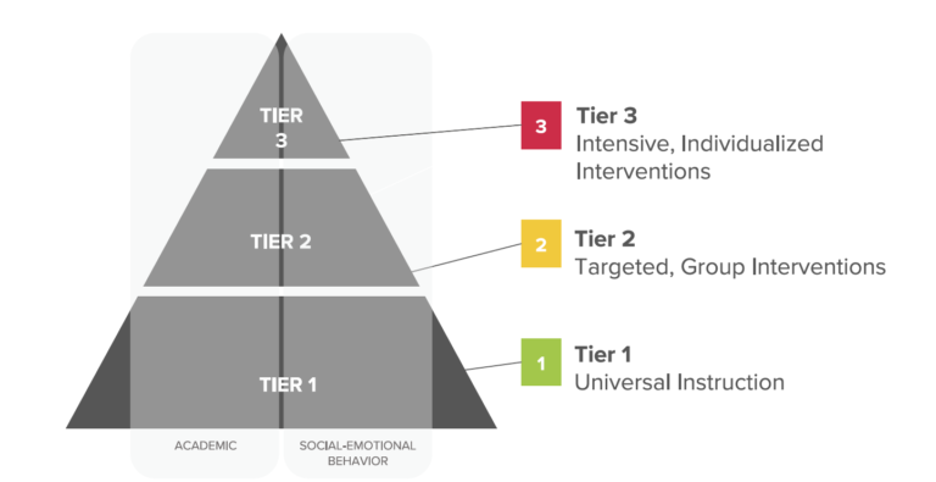
In addressing the whole child, most schools nowadays consider the student’s academic, social, and emotional needs. Many schools take a multi-tiered system of supports (MTSS) approach to proactively leverage data and instruction to optimize a student’s strengths. MTSS promotes three tiers of instruction to best support individuals.
Nearpod supports an MTSS approach in several ways, specifically for Tier 1 instruction. From universal instruction to targeted instruction to customized instruction, Nearpod’s vast library of content and robust feature set empowers educators and students alike to take control of the learning and make it as meaningful as possible. With such resources, Nearpod can promote inclusiveness, engagement, and effectiveness for all.
Additionally, Star Assessments now has a Nearpod connection that enables educators to seamlessly access a vast array of interactive and standards-aligned lessons that tailor instruction to students’ needs. This helps save time on planning, maintains student engagement, and provides real-time insights into student understanding.
Take the necessary steps to close students’ learning gaps
Whether you teach elementary, middle, or high school, teachers are masters of evaluation and maestros of instruction. Their hour-to-hour strategies help paint a comprehensive picture of individual and group progress toward state standards. When it comes to learning gaps, the key is to identify them early and put a plan of action into effect immediately. Collaboration will be your best tactic when trying to tackle the learning gap from all angles. All students deserve learning experiences that celebrate their growth, so we talk about learning leaps instead of education gaps.
Foster a love of learning in every student with Nearpod. Teachers can sign up for free below to access and create interactive lessons. Administrators can schedule a call with an expert to unlock the full power of Nearpod for schools and districts.
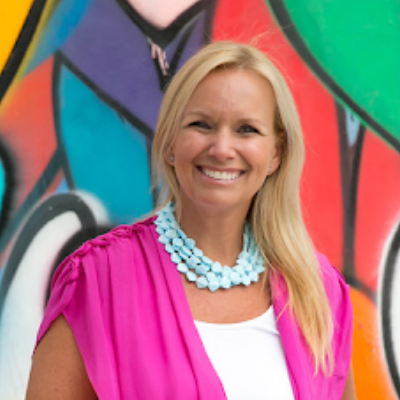
Darri Stephens is a dedicated LX (learning experience) designer, passionate about creating quality content and programs for kids, families, and educators. With MAs in Education from both Harvard and Stanford, and work experience at best-in-class ed tech organizations including Wonder Workshop, Nickelodeon, and Common Sense Education, she is steeped in the design thinking process and committed to agile and iterative project management, which has resulted in multi-award-winning programs and products.
